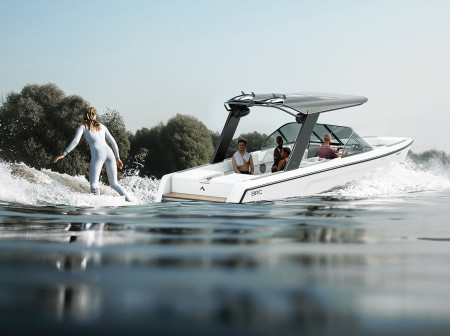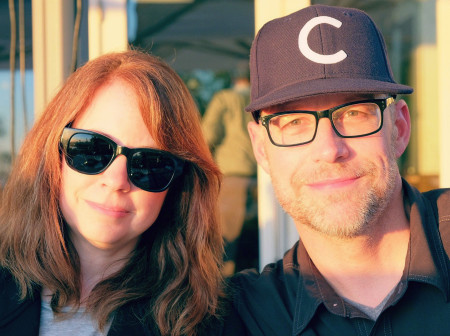Blip energy CEO Sophia Wennstedt, a second-year student in the University’s MBA and design innovation dual-degree program, and her team of Northwestern entrepreneurs created blipOne, a device that allows users to store electricity when it is cheap and discharge power when it is expensive. Launched through the Farley Center for Entrepreneurship and Innovation’s NUvention: Energy course, blip energy is working with an engineering services firm to build a mass-manufacturable prototype of blipOne before launching a preorder initiative.
BATTERY BACKUP
In case of emergency, the blipOne unit can provide 2.2 kilowatt hours of electricity, enough to power a refrigerator for up to two days or a sump pump for up to 24 hours. “It offers peace of mind if there’s an outage,” Wennstedt says.
A SECOND LIFE FOR BATTERIES
Blip energy plans to use repurposed electric vehicle batteries, which, after eight to 10 years on the road, are not reliable enough for use in a car. The second-life batteries have another eight to 10 years of functionality for stationary applications.
SMALL, PORTABLE AND COST-EFFECTIVE
The smart battery device, which plugs into a standard wall outlet, charges overnight, when electricity is cheapest, providing users with power during the day, when electricity is most expensive. In blip energy’s target markets, New York and California, “you’re looking at $150 to $250 a year in savings,” says Wennstedt.
ENVIRONMENTAL BENEFIT
BlipOne can help reduce electricity demand during peak hours. Utility companies often meet that demand by burning fossil fuels, Wennstedt says, “so by eliminating the need for peak generation capacity, we’re eliminating CO2 from the grid.”




Reader Responses
No one has commented on this page yet.
Submit a Response